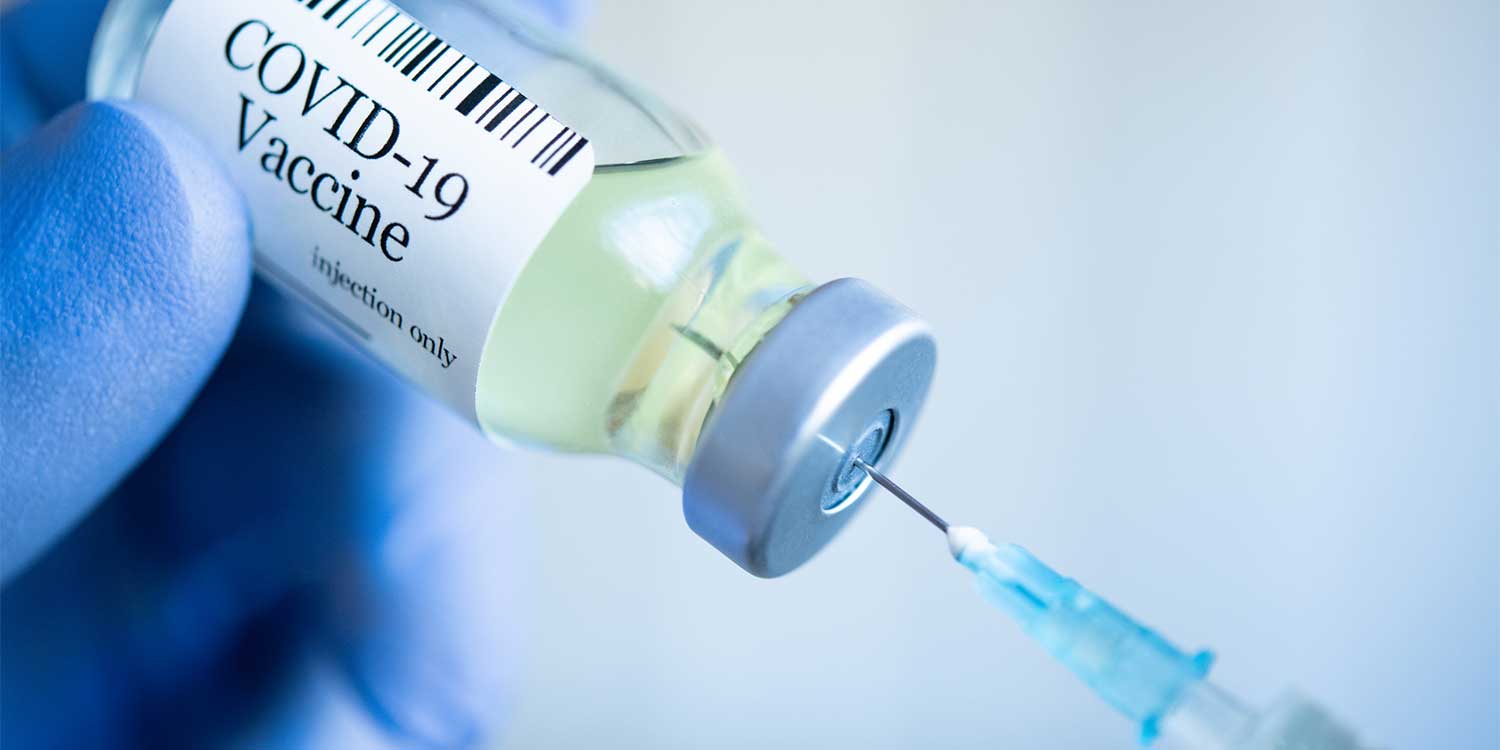
14 Feb Understanding how the Covid-19 vaccine works
As the COVID-19 pandemic continues to affect countries around the world the number of cases and deaths are increasing significantly. While rigorous testing, contact tracing, quarantine, isolation and evidence-based public health measure help to control the spread of COVID-19; the development and implementation of a vaccine will contribute significantly to reduce the threat. So what we need to understand is how does a vaccine work and what will be it’s impact on our physical well-being?
Let us look at how a vaccine works. Vaccines greatly reduce the risk of infection by training the immune system to recognize and fight pathogens such as viruses or bacteria. Vaccines safely deliver immunity by training the immune system to recognize the virus when it is encountered naturally.
Vaccines undergo a series of clinical trials. There are 4 phases of clinical trials.
- Phase 1 – uses 20-100 healthy volunteers
- Phase 2 – uses several hundred volunteers
- Phase 3 – uses thousands of people and is tested for efficacy and safety
- Phase 4 – the vaccine is approved and marketed. Researchers continue to collect data on the vaccine’s long-term benefits and side effects.
A vaccine can be administered through different routes, for example, it can be injected into the muscle or under the skin or via your mouth. In the case of the Covid19 vaccine, it is injected into the muscle and like some vaccines requires more than one dose to:
- build complete immunity
- give a ‘booster’ dose when immunity wears off
- immunize people against viruses causing disease that may be different from season to season, for example, the yearly flu vaccine.
The current vaccines available in the UAE are:
- Sinopharm – is an inactivated vaccine
- AstraZeneca – is a viral vector vaccine
- BioNTech Pfizer – is a messenger Ribonucleic Acid (mRNA) vaccine
- Moderna – is a messenger Ribonucleic Acid (mRNA) vaccine
Vaccines are being developed with different technologies. Both BioNTech Pfizer and Moderna use mRNA technology, a technique that involves injecting genetic material into the body. This stimulates the cells to produce a protein that will help create antibodies that protect you and prevent further infection.
For the AstraZeneca vaccine, this is based on a viral vector. It uses the spikes on the surface of the coronavirus, which is able to stimulate an immune response.
Sinopharm uses an inactivated virus vaccine platform. Inactivated vaccines consist of the whole virus, which has been killed with heat or chemicals so it can’t cause illness.
Each vaccine offers 2 doses for complete coverage of vaccination against Covid19. BioNTech Pfizer vaccine doses are given 21 days apart. Sinopharm and Moderna vaccine doses are each given 28 days apart.
These mRNA vaccines are expected to produce side effects after vaccination, especially after the 2nd dose.
Side effects may include:
- Fever
- Headache
- Muscle aches
No significant safety concerns were identified in the clinical trials. Long-term side effects are unknown until further studies are available.
Currently, for the phase 1 vaccination campaign, the vaccine is being offered free of cost in the UAE for the following groups:
- Elderly people over 60 years of age and above.
- Individuals with a past medical history of chronic disease.
- Frontline healthcare workers.
Phase 2 vaccination campaign will begin in April and be made available to the general public and expats living in the UAE.



